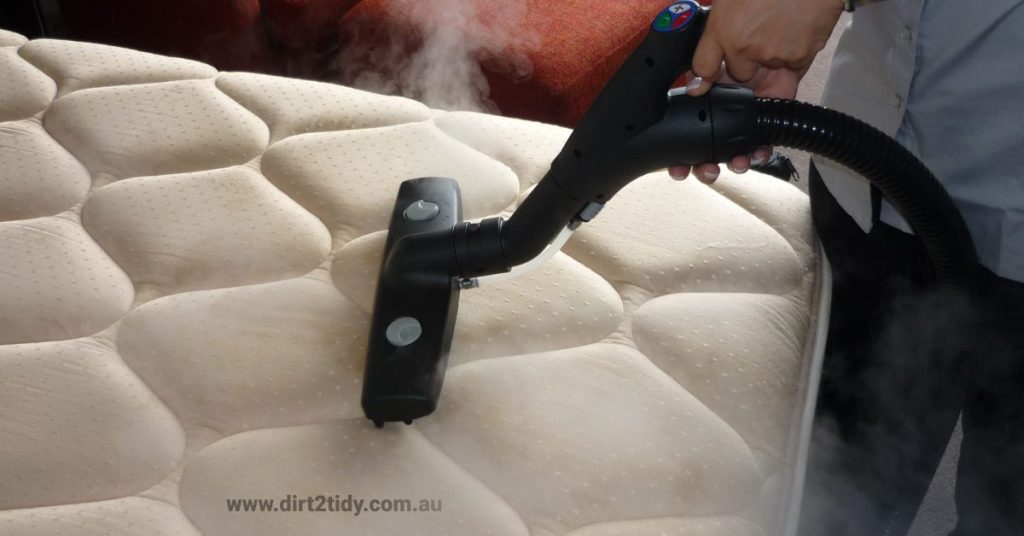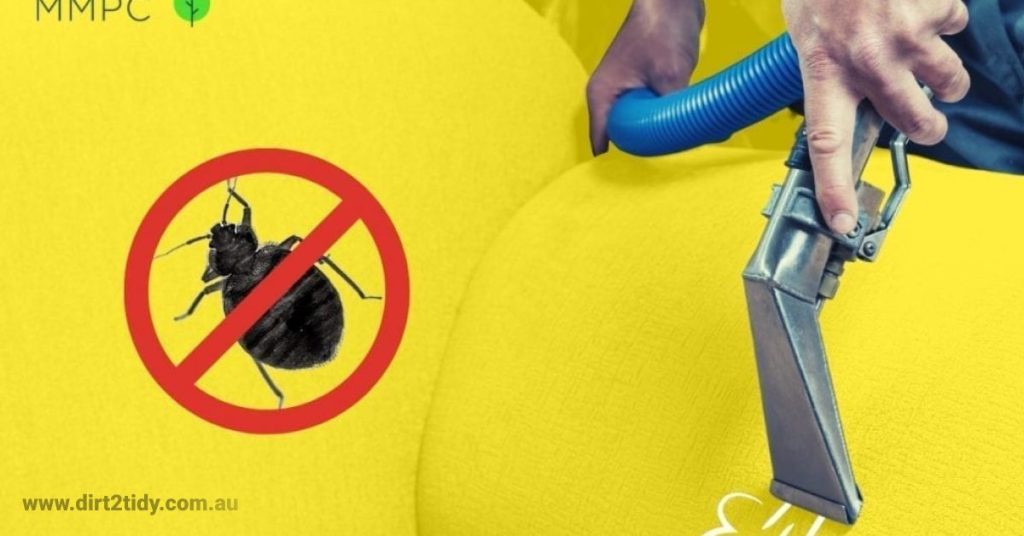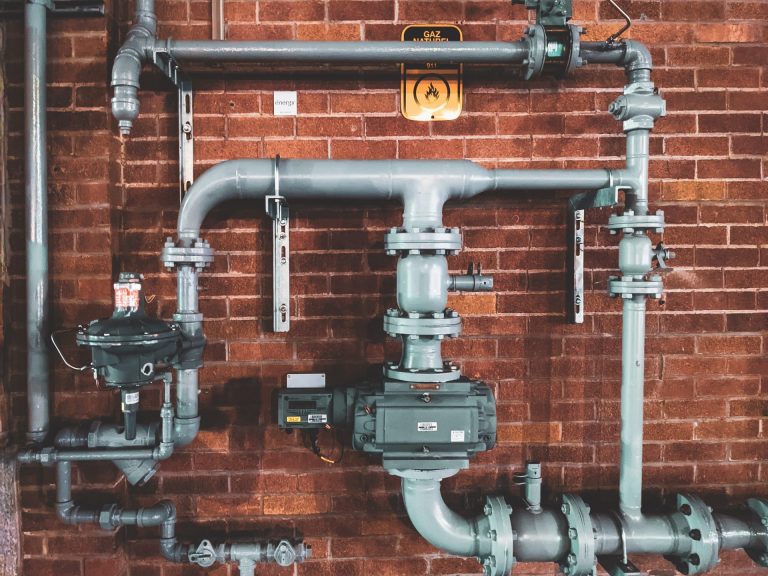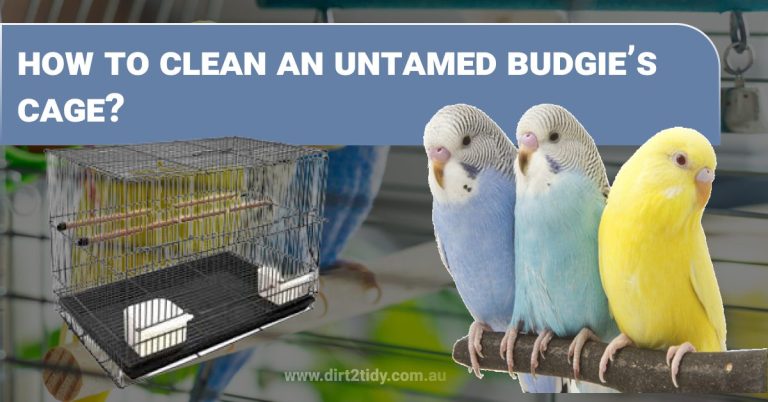Table of Contents
If used appropriately, steam is a very effective way for destroying bed bugs at all phases of growth. The quality of the steamer is critical when employing steam as a therapy. Use a commercial steamer with at least a 1 gallon capacity and, ideally, a steam volume control.
For steam to be effective, it must reach bed bugs directly and maintain a high enough temperature—specifically, over 200°F at the nozzle. This direct contact should last several seconds to ensure the insects are killed. Handheld steamers can be used if they meet the temperature requirement, but keep in mind that they often don’t penetrate as deeply into cracks and crevices as commercial steamers. This makes them less effective for treating hidden infestations.
The sort of steamer you use to clean your clothes will not work for bed bug treatment. Avoid using a carpet cleaning machine. Carpet cleaning devices do not reach temperatures high enough to kill bed bugs.
Although a steam cleaner is expensive to buy for one person (about $800 to $1,200), cleaning may be economical for a housing cooperative, a social assistance group, or another sort of organization to buy one and make it available to members.
Steam Cleaning
Steamers kill bed bugs by delivering fatal temperatures to their hiding places. When bed bugs are on the surface of goods, steam is particularly effective and can penetrate up to 3/4′′ through fabric surfaces.
Steam will kill bed bugs up to 2-3/8″ into cracks and crevices. Monitor the surface temperature of the area being treated with an infrared thermometer. The surface temperature should be at least 160-180°F soon after the steam brush has passed to efficiently destroy bed bugs.
When Is Steam Treatment Most Effective?
Steam cleaning shines brightest as a bed bug control method in the early stages of infestation. Because steam must directly contact bed bugs and their eggs to be effective, it’s most successful before these pests have had a chance to spread widely or retreat deep into walls and hard-to-reach spaces. At this point, bed bugs generally remain clustered in beds, upholstery, and accessible crevices—places where high-temperature steam can easily reach and eliminate them at all life stages.
Early intervention with steam offers a non-chemical alternative for homeowners looking to tackle infestations before they get out of hand. If you address the problem quickly, steam treatment can dramatically reduce or even fully resolve the issue—so long as you’re thorough and attentive in your approach.
Can Steam Cleaning Alone Eradicate a Severe Bed Bug Infestation?
While steam is an excellent weapon in your fight against bed bugs, relying solely on steam cleaning is unlikely to wipe out a heavy infestation. Steamers—from trusted brands like to pricier commercial models—are great at targeting bugs and eggs on surfaces and in accessible crevices. However, bed bugs are notorious for fleeing deep into walls, electrical outlets, or tightly sealed cracks where steam simply can’t reach.
For truly stubborn or large-scale infestations, it’s wise to combine steam cleaning with other strategies—such as encasements, targeted insecticide treatments, or even professional help—to make sure you tackle those hard-to-reach hiding spots as well.
How to Kill Bed Bugs using Steam?
To properly destroy bed bugs, use steam gently and evenly. You should also examine what could protect the insect from being directly exposed to steam.
If you have clothing that can be steamed, drag it across it as slowly as you would normally.
If you have furniture that can withstand moisture and temperature, go over the flat surfaces gently and focus on cracks and locations with bolts and screws, as these are where bed bugs hide.
In terms of time, immediately using steam to kill bed bugs takes only a few seconds.

Blow the bed bugs with Steam
Where it becomes more difficult is if you have a Lazy Boy recliner or an upholstered sofa it may be tough to dig deep enough into the cushions. If the cushions break off, you may separate those portions and steam them separately, or you can have someone hold the steam wand for you.
You may also like to read: How does carpet steam cleaning purify your surroundings?
When there are deep crevices that steam cannot enter, killing bed bugs with steam becomes difficult. That’s when you should consider adopting other approaches, such as bed bug traps that imitate the human body. These will aid in the removal of bed bugs from certain places.
Of course, relying solely on steam or traps often isn’t enough to outsmart these persistent pests. For the best results, it’s wise to combine several proven methods—think vacuuming, mattress encasements, heat treatments, carefully applied insecticides, and regular monitoring. By tackling the problem from multiple angles, you give yourself the highest chance of success and make your bed bug control plan much more effective.
While steam applied gently and evenly to almost any surface (that may safely be exposed to steam) will be efficient in killing bed bugs in most circumstances, steaming alone is usually not enough for a major infestation. For best results, combine steaming with other treatment methods: heat treatments, mattress encasements, insecticides, and monitoring devices can all work together to tackle stubborn bed bugs hiding in hard-to-reach spots. Using a multi-pronged approach increases your chances of getting rid of bed bugs for good.
In most circumstances, steam applied gently and evenly to almost any surface (that may safely be exposed to steam) will be efficient in killing bed bugs.
Utilizing Double-Sided Tape as a Barrier
Another simple but effective trick is to use double-sided tape around your bed posts. By carefully wrapping each leg with the tape, you create a sticky barrier that deters bed bugs from crawling up from infested furniture or carpet and reaching your mattress while you sleep. This method helps trap and stop bed bugs in their tracks, providing you with a bit of extra peace of mind during the night.
Is it true that steam kills bed bugs?
As previously stated, steam cleaners are helpful to get rid of bed bugs. Bed bugs and their eggs are eliminated in a matter of minutes, depending on your desired temperature setting.
Steam cleaners are the most successful in removing bed bugs or dust mites from the surface. The steam from the cleaner may still be effective up to 3/4 inch from the surface of dense textiles such as carpets and mattresses.
There are other solutions for home usage, such as a Vapamore Mr.-100 Primo, which will blast an affected area with a surface temperature high enough to eliminate your bed bug infestation.

Are the results of steam cleaning permanent?
While steam cleaning does a great job of wiping out bed bugs and their eggs on contact, it’s important to remember the victory can be short-lived. If you miss some of their favorite hideaways—like tiny cracks, baseboards, or the seams of mattresses—those sneaky bugs may stick around and eventually make a comeback.
That’s why thoroughness is key. Steam is extremely effective, but unless you’re meticulous about hitting every possible hiding spot, bed bugs could repopulate over time. For long-lasting results, consider pairing steam cleaning with other treatments and monitoring for any signs of resurgence.
Hiring a pest control service
However, if you do not want to invest in a high-quality steamer, professional exterminators may assist you with pest management by employing a heavy-duty bed bug steamer.
You may also like to read: Which type of cleaning service do you prefer?
If you prefer to tackle it yourself, be careful to steam clean along baseboards, upholstery, and around box springs, headboards, and bed frames, since these are some of their favourite hiding spots. Don’t forget about draperies, and use high heat to clean a mattress cover.

Why Some Professionals Are Moving Away from Steam
It’s worth noting that not all pest control experts lean on steam these days. In fact, many have started to scale back on steam treatments—largely because our homes are now packed with heat- and moisture-sensitive gadgets and electronics. Laptops, smart speakers, chargers, and entertainment systems can be seriously damaged by high temperatures or excess steam.
Given how easy it is for steam to accidentally seep into sensitive devices, professionals are increasingly turning to alternative methods that are less likely to cause accidental harm. This shift helps ensure both your bed bug problem and your valuable electronics are well protected.
Precautions
While steam is efficient, it may be hazardous. When operating a steamboat, various measures must be taken:
- Always read and comprehend the steamer’s instruction handbook.
- Always follow the instructions provided by the manufacturer.
- Because the steam is under pressure, you must exercise caution when refilling the machine and utilising the steam wand.
- The steam will be very hot, reaching temperatures of 212-230°F. This can result in burns, therefore never use the steamer with children and always divert the steam away from oneself.
- Always test steam on an unnoticed area first, since some textiles may be harmed.
- Always steam microfiber textiles in the direction of the microfibre.
- Steamers will occasionally vomit out hot water when turned on or after not using steam for a long. When you initially start, point the wand towards a towel to catch this water.
Use a nozzle that distributes steam at lower pressures, such as a floor or upholstery attachment, rather than a pin-point steam nozzle. Bed bugs can be blown away with pin point nozzles, and they may live.
Steam cleaning, when done right, is effective in killing bed bugs—including their eggs—by delivering lethal heat directly to the pests and their hiding spots. However, it’s important to keep in mind that while steam can kill on contact, the effects are only as good as your thoroughness; bed bugs are notorious for squeezing into the tiniest cracks and crevices, so missing a spot can mean survivors and a rebound infestation. Steam cleaners have become increasingly popular for this reason, especially since they not only sanitize but also help lift stains and spot clean carpets and curtains. An added bonus: surfaces tend to dry faster with steam compared to the old soap-and-water routine.
For extra peace of mind, some people also turn to essential oils like lavender, peppermint, tea tree, lemongrass, or eucalyptus as natural repellents, though these should be considered supplementary rather than a primary line of defense.




